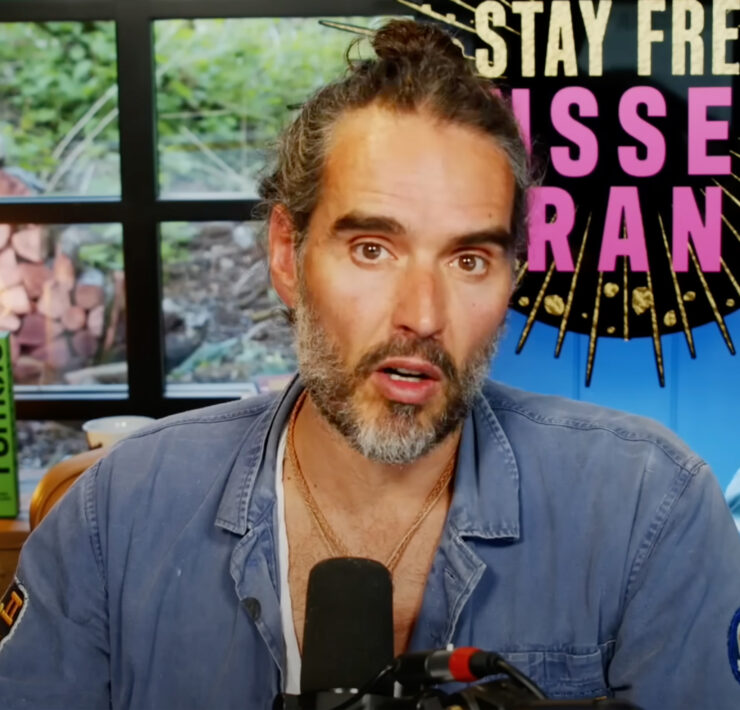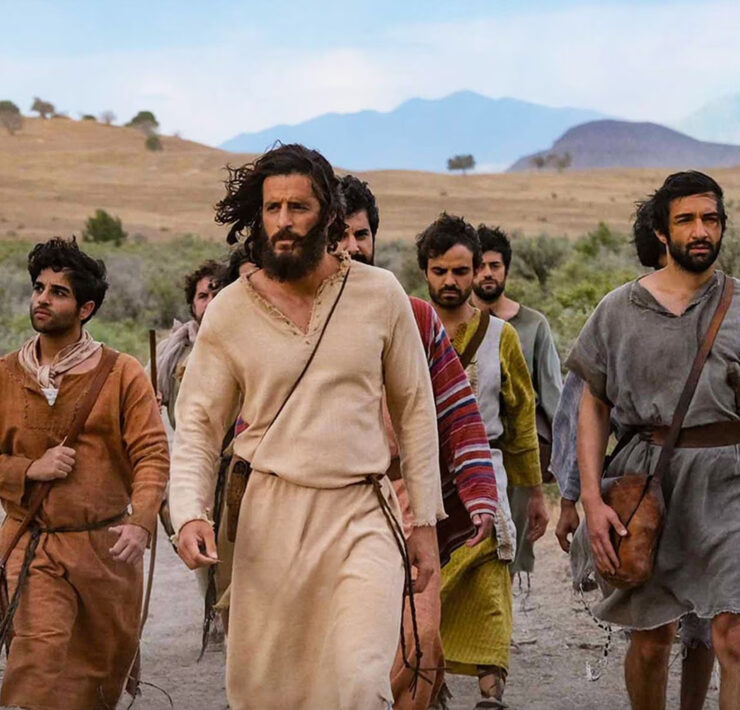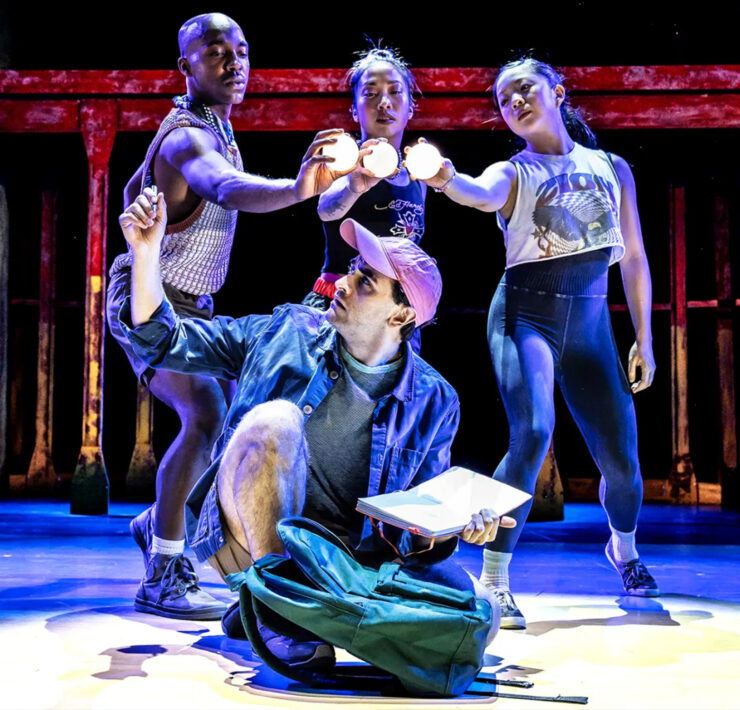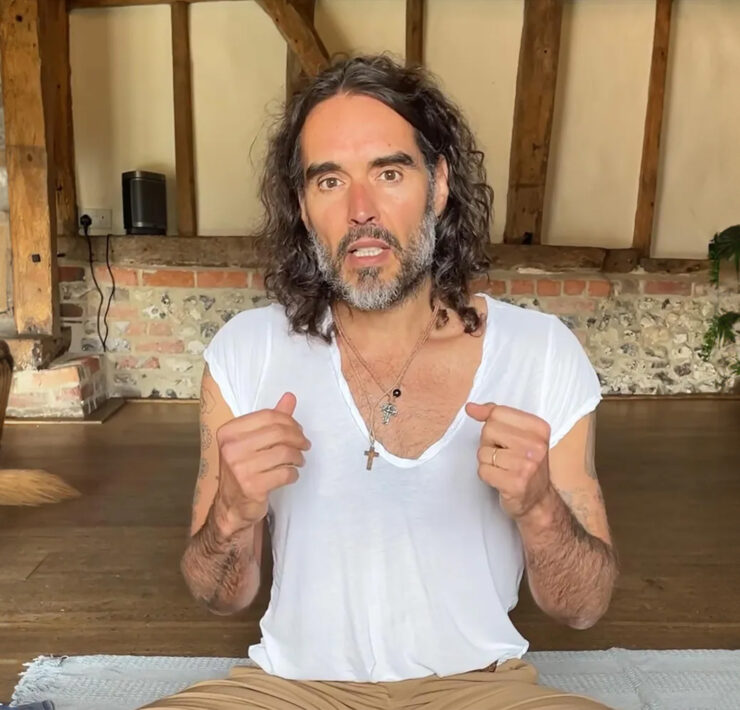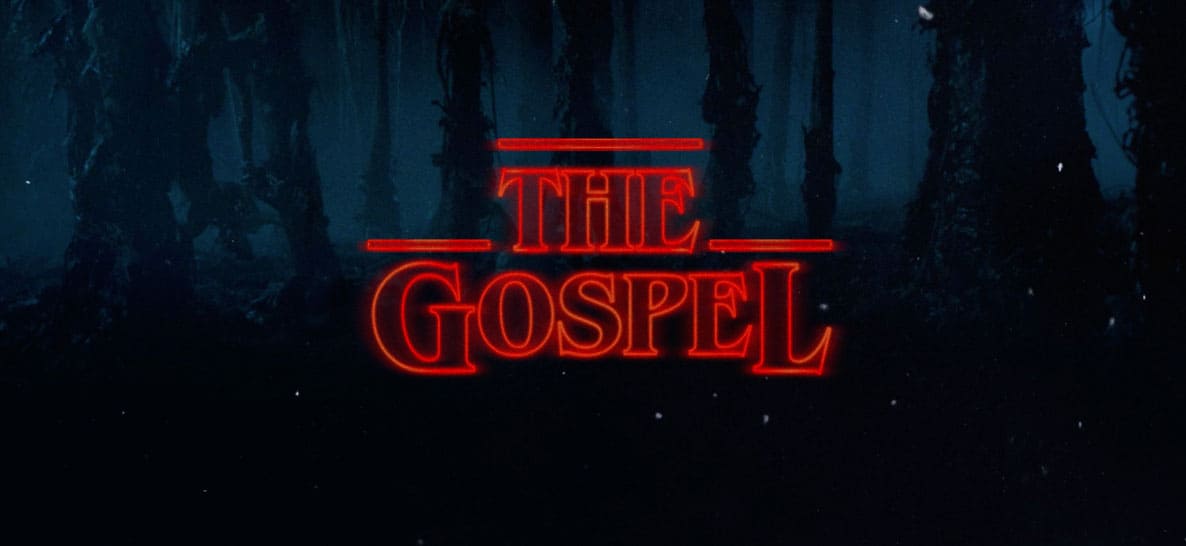
Editor’s Note: This piece was first published after the first season of “Stranger Things” debuted. Season 2 hits Netflix this weekend.
Theologian and social critic Peter Leithart says, “the Devil has no stories.” In part, he means that stories—no matter how spooky or tragic or family-friendly—borrow elements from a deeper, truer story.
During the past couple months, you’ve probably heard a lot about—and definitely watched—the Netflix sensation, Stranger Things. It’s a hit show written by the Duffer brothers and starring Winona Ryder, David Harbour, Finn Wolfhard and Millie Bobby Brown. There is a reason the story attracts so much buzz and seems to resonate with so many, whether they realize it or not.
Stranger Things reminds us that God’s story of salvation is the original template for all of human stories. It’s full of metaphors, symbols and even veiled references to the most compelling story in the universe, the Gospel. [Warning there are some spoilers ahead if you haven’t seen the show.]
Hidden Symbols
The show’s protagonist is a girl named Eleven. She is pretty clearly a Christ figure (Her nickname, El, even means “God” in Hebrew). She has a mysterious birth story and her true father is never mentioned, even though her mother does make an appearance. She possesses seemingly miraculous telekinetic powers. While in captivity, government officials “tempt” her to use her powers to kill a cat, which she refuses to do, paralleling Satan’s temptation of Jesus in the wilderness (Matthew 4:1-11).
The world of Stranger Things resembles the Christian understanding of our world. It has two interconnected dimensions: The first is the idyllic world of the 1980’s, filled with nostalgia that almost immediately causes viewers long for a simpler time. The second is the Upside Down. It’s described as a world of death. The air is toxic, and it is filled with predatory monsters (or, at least one) who feed on flesh. It even acts as a sort of prison for Will, a kid brought to the Upside Down by the monster.
This world heavily recalls the Christian understanding of our world: On one level, the world is beautiful because it’s God’s creation; but on another, it’s terrifying because of its fallen state.
In his book The Doors of the Sea: Where Was God in the Tsunami? Eastern Orthodox philosopher David Bentley Hart explains the recall this way:
[lborder][/lborder]The Christian should see two realities at once, one world within another: one the world as we all know it, in all its beauty and terror, grandeur and dreariness, delight and anguish: and the other world in its first and ultimate truth, not simply ‘nature’ but ‘creation,’ an endless sea of glory radiant with the beauty of God in every part, innocent of all violence. To see in this way is to rejoice and mourn at once, to regard the world as a mirror of infinite beauty but as glimpsed through the veil of death; it is to see creation in chains, but beautiful as in the beginning of days.
When El escapes from government captivity, she spends time with a group of lovable losers—kind of like the twelve disciples, a group composed of those who hated (Matthew the tax collector) or of a low station (i.e., fishermen). El even puts on Mike’s sister’s clothes, which alludes, I think, to the Incarnation (John 1:14a [NIV; see also Hebrews 2:14-15] indicates, “The Word became flesh and made His dwelling among us”).
And that’s not all.
El fails to meet the expectations of her friends because she does not rescue their friend Will from the Upside Down the way they expected. As a result, the group rejects her. You almost can’t help but notice the similarities to the way Jesus was rejected by the Jewish religious leaders because He did not meet their messianic expectations. El spends time in the wilderness where she is sustained by Eggo waffles, a pretty clear allusion to the manna sent to Israel from God while they were in the wilderness and prefigured the idea of Communion.
Supernatural Battles
Throughout the series, we see two forces of evil. The first is the government forces hunting El. The second is the bloodthirsty monster from the Upside Down. It hunts both humans and animals, showing that evil penetrates our reality so far it even hurts the natural world. Both forces are are emblematic of the powers and elemental forces (Ephesians. 6:12; Colossians. 2:15).
In one striking scene, El finds the monster through her telekinetic ability. Laying in a cruciform position in a pool, she “descends” into a mental abyss where she comes face-to-face with death and the monster. In a moment of fear, she cries out for God and Winona Ryder’s character responds, “I am here with you.”
It’s a beautiful moment that reflects the unity of the Father and the Son.
Sheriff Hopper takes on the role of Judas. Striking a deal with the government, he divulges El’s location. They come for her in the darkness of night with weapons drawn like the mob who came for Jesus in the Garden of Gethsemane (Matthew. 26:47-56). Her friends boisterously, but unsuccessfully, attempt to defend her.
Throughout the series, El performs miraculous, salvific acts that cause her to bleed from the nose. These foreshadow the finale, where El, bloodier than ever, wages a battle against the insatiable beast hunting her friends.
In order to save them from death, she has to lay down her own life (John 15:13). Only through her sacrifice can those she loves be saved. In 1 John 3:16, John summarizes the significance of Christ’s death, a penalty paid on behalf of those He loves:
[lborder][/lborder]This is how we know what love is: Jesus Christ laid down his life for us. And we ought to lay down our lives for our brothers and sisters.
Afterlife?
Just like the Gospels, the story of Stranger Things does not simply end with the death of the protagonist.
In the final scene—spoiler!—Sheriff Hopper leaves Eggo waffles in a box in the woods, implying El is still alive. And, believe it or not, the box looks like the Tabernacle in Catholic churches, where they store the consecrated host from the Eucharist.
Because the host is the Body of Christ, it says a few things. First, Christ is still alive and present with us. Second, absorbing the host is a way in which one is a part of the Body of Christ. Finally, it reminds the communicant to look forward to the day in which Christ will return in glory.
At the end of the Stranger Things, viewers leave similarly wondering when El will make her return to be with her friends again—just like we who are in Christ wait for the day our savior returns.











